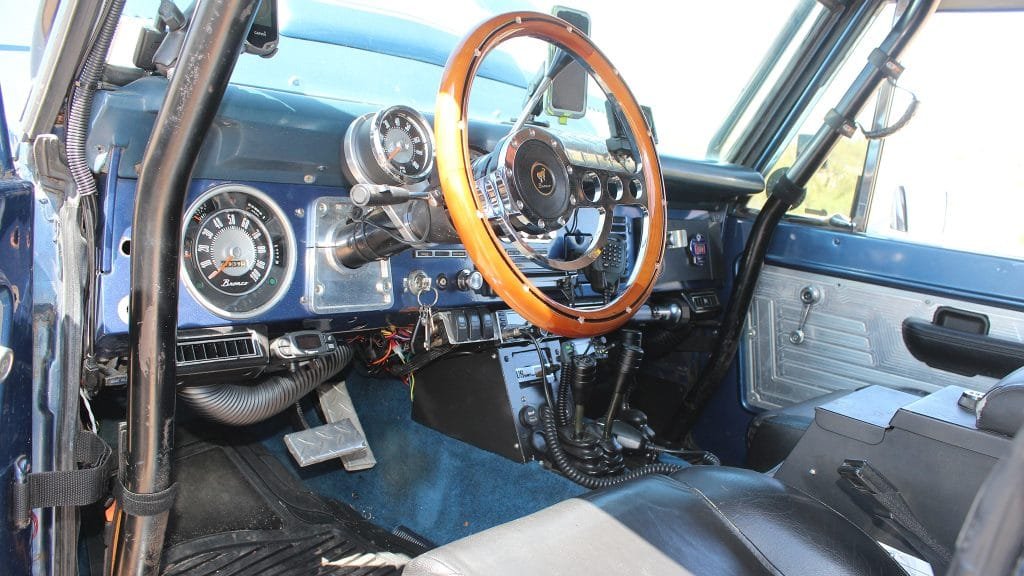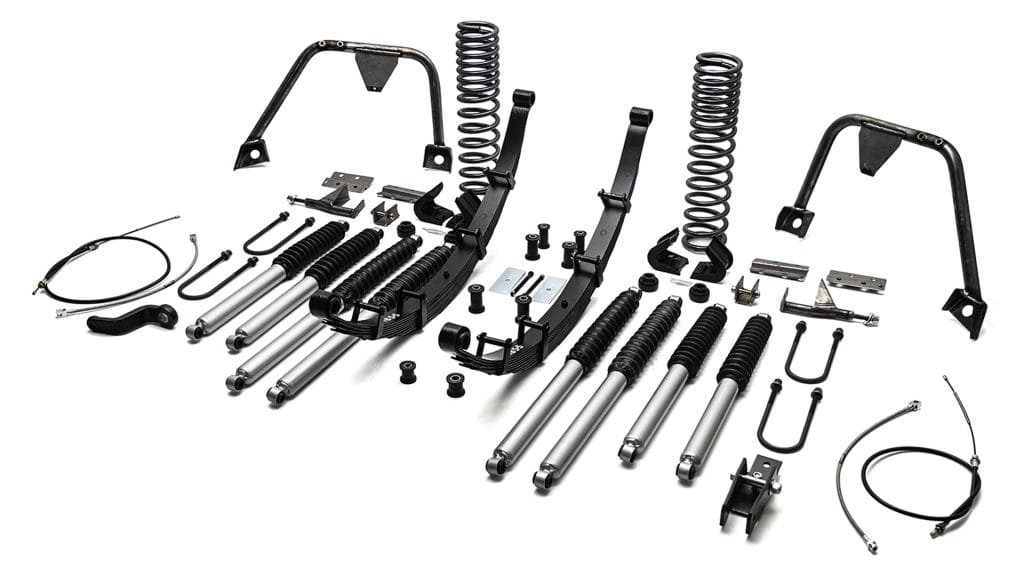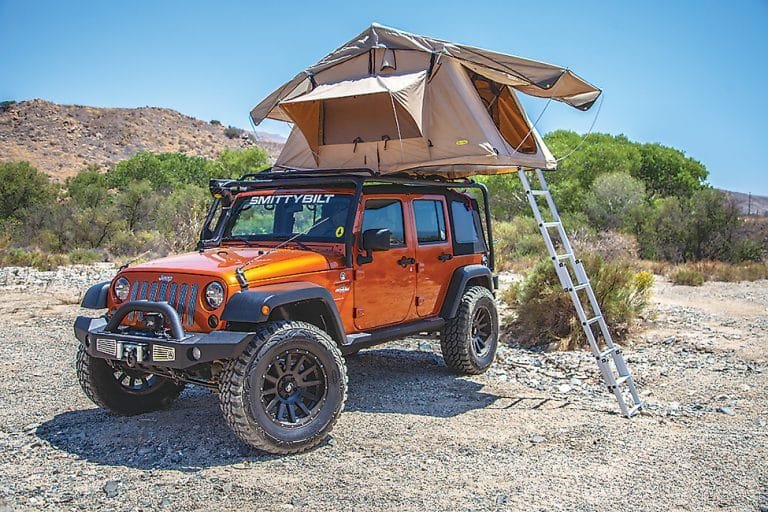Why Do So Many Americans Still Drive Old Broncos and Need Parts And Accessories?
We are a manufacturer and seller of parts for the latest generation (2022+) Ford Bronco off-road vehicles in China. I learned that an American counterpart also does parts business for Ford Bronco off-road vehicles, but they only do parts for old Broncos, like the Broncos from the 1960s and 1980s.
I have two questions:
- First, why do so many Americans still drive so many old Broncos, and why do they need so many Bronco parts?
- Second, why doesn’t this American counterpart develop parts for the new Bronco? This seems to be beyond the understanding of us Chinese, because it is obvious that owners of the new Bronco need more parts.

These are interesting questions and they reflect some of the differences in automotive culture and market dynamics between the US and China.
Why Do So Many Americans Still Drive Old Broncos and Need Parts?
Classic Car Culture:
In the US, there is a strong culture of classic car ownership and restoration. Many Americans have a passion for maintaining and driving older vehicles, especially iconic models like the Ford Bronco.
The Bronco, particularly models from the 1960s and 1980s, has a nostalgic and collectible appeal. Owners of these vehicles often invest considerable time and money to keep them in good condition.
Robust Aftermarket Support:
There is a well-established aftermarket industry in the US that supports older vehicles. This includes a wide range of parts, restoration services, and specialized shops.
Many of these older Broncos are used for off-roading, which requires regular maintenance and parts replacement, hence the demand for parts remains high.
Community and Enthusiast Groups:
There are numerous clubs and online communities dedicated to classic Broncos. These groups foster a sense of community and provide support and information for maintaining and restoring these vehicles.

Why Doesn’t the American Counterpart Develop Parts for the New Bronco?
Market Focus and Expertise:
The company you mentioned might specialize in older models because they have built a reputation and expertise in that niche. This specialization can be a competitive advantage, allowing them to offer products that cater specifically to the needs of classic Bronco owners.
Developing parts for new vehicles requires different expertise, relationships with new suppliers, and understanding new technologies and design standards, which might be outside their current capabilities or strategic focus.
Established Business Model:
If the business has been successful in supplying parts for older Broncos, there might be less incentive to diversify. Entering the market for new Bronco parts could require significant investment and risk, especially if they are already profitable in their current niche.
Supply Chain and Licensing:
Manufacturing and selling parts for new vehicles can involve complex licensing agreements with the OEM (Original Equipment Manufacturer), in this case, Ford. This can be a significant barrier for a company that is not set up to handle these requirements.
Market Saturation and Competition:
The market for parts for the new Bronco might already have established players, including Ford’s own accessory lines and other aftermarket companies. Competing in this space might be challenging and less profitable for a company that already dominates a niche market.
Conclusion
In summary, the reasons for the continued use and maintenance of older Broncos in the US are deeply rooted in the culture of classic car appreciation and the robust support infrastructure for these vehicles. As for the American counterpart focusing on parts for older Broncos, their established niche, expertise, and the potential complexities of entering the new Bronco market likely influence their business decisions. This reflects the diverse nature of the automotive aftermarket industry and how companies choose their strategic focus based on their strengths and market conditions.





